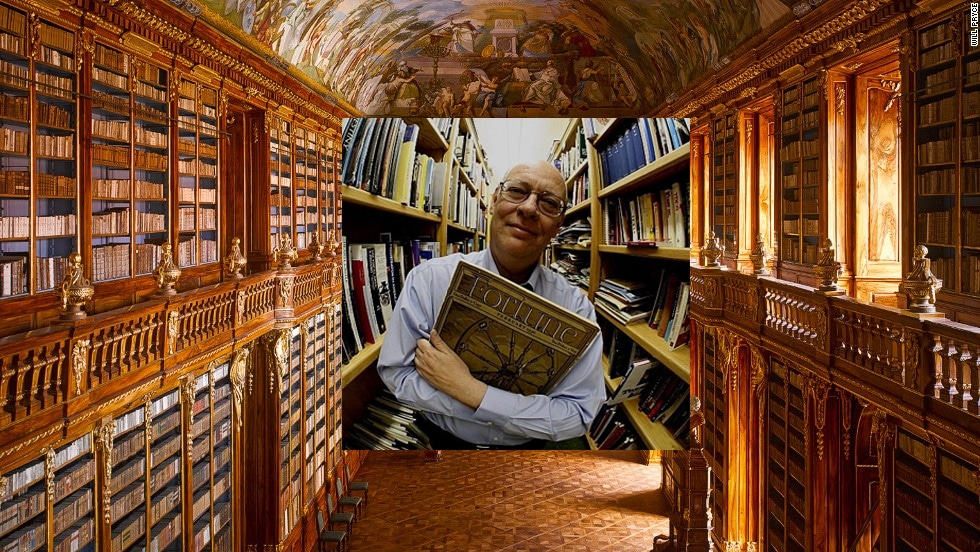|
Few things are more important in obtaining wisdom and insight than knowing our context. Where we stand in space and time. What is going on around us and what has gone before us. This context tells us a great deal about what is likely to happen next. Since so few people have a well-founded sense of history or geography, this contextual understanding gives an extra advantage to those who have it.
In this context, you can understand that among my favorite books are historical atlases – maps showing the world as it has been in the past and how it has changed over time.
Some books claim to be historical atlases but are just collections of classic old maps. That is not what I am talking about. While those maps are often works of art and informative, a true historical atlas uses primarily modern maps to show what we know today about what the world was like yesterday. For example, a 15th century map of the world is very cool looking, but its authors may not have gotten the shapes of continents and islands exactly right. Maps of the American west made around 1800 likely have less accurate information about the location of Native American tribes than do present day maps of “the US in 1800.”
In the future I will describe some massive atlases of world history which look at the entire globe through time. But today I picked a rare thing – a historical city atlas. My collection includes such atlases for London and Paris, but one of my favorites is The Historical Atlas of New York City: A Visual Celebration of Nearly 400 years of New York City’s History by Eric Homberger (Henry Holt, Second Edition, 2005).
This historical atlas touches on every aspect of New York’s culture and history, combining outstanding maps with great illustrations. Here you can learn where the first big department stores were located, and how they clustered in the late 19th century on Sixth Avenue near 23rd street – a district called “The Ladies’ Mile” – before they moved further uptown led by Macy’s in 1902. Here you will learn the evolutionary history of Harlem. And how by 1880 the independent city of Brooklyn was the nation’s third largest, but in 1894 voted to merge with New York City.
You will see the full story of New York’s baseball teams, where they played, and how they performed in the first half of the 20th century. You’ll learn about Greenwich Village, about Broadway theatres, about bridges and tunnels. Everything from the tenements of the lower east side to the commercial glory of Rockefeller Center.
I could not find a boring page in this whole book, from the very first Dutch settlers and their wall – along which they later built a street and named it “Wall Street” – to New York at the end of the 20th century.
This is America’s greatest city, and I suggest to you it is the world’s greatest city, at least at this moment in time. I have many books about New York City, its history, its people, and its architecture. But this one pulls it all together, and moves right along – it’s a page-flipper.
I only wish someone would create historical atlases of other great cities, starting with Chicago and Los Angeles. And Cairo and St. Louis and Washington and San Francisco and …
Because such books integrate what we know about time and space, and what we know about people and places. Something we all need to do more of if we are to comprehend the world in which we live and work.
|
|












There was a great talk at TED Global this year by Eric Sanderson about rediscovering 17th century New York City. The video hasn’t been posted yet, but here’s a summary and a link to his project, Mannahatta: http://blog.ted.com/2009/07/twitter_snapsho_52.php
Excellent info, thanks Bill. I will take a look. Gary
Comments are closed.